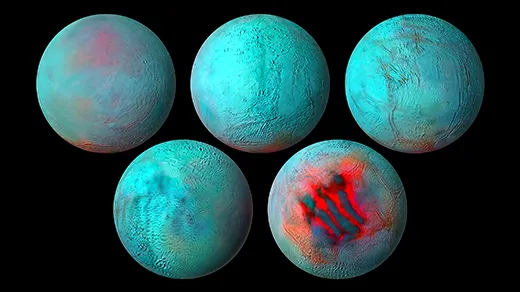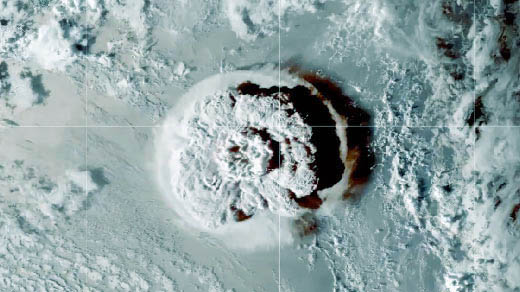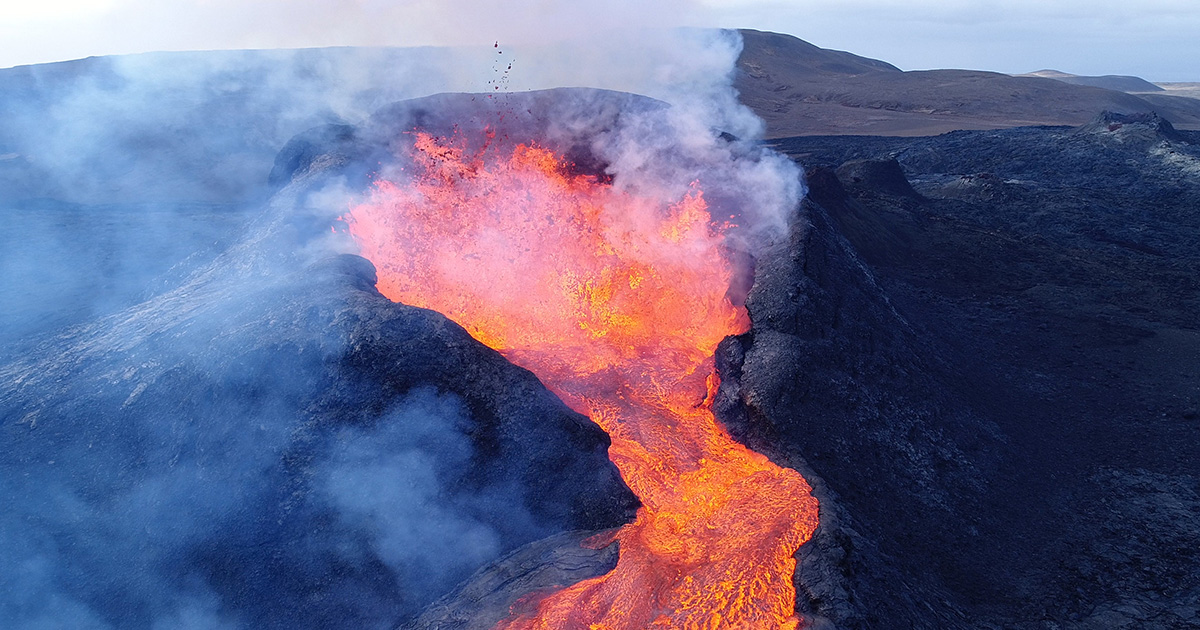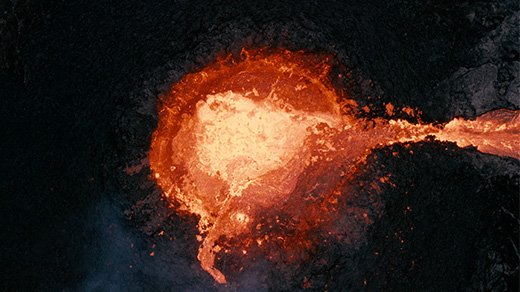What's up in
Geophysics
Latest Articles
The Scientist Who Decodes the Songs of Undersea Volcanoes
In the rumbles and groans of underwater volcanoes, Jackie Caplan-Auerbach finds her favorite harmonies — and clues to the Earth’s interior.
These Moons Are Dark and Frozen. So How Can They Have Oceans?
The moons orbiting Jupiter and Saturn appear to have subsurface oceans — tantalizing targets in the search for life beyond Earth. But it’s not clear why these seas exist at all.
Exoplanets Could Help Us Learn How Planets Make Magnetism
New observations of a faraway rocky world that might have its own magnetic field could help astronomers understand the seemingly haphazard magnetic fields swaddling our solar system’s planets.
Secrets of the Moon’s Permanent Shadows Are Coming to Light
Robots are about to venture into the sunless depths of lunar craters to investigate ancient water ice trapped there, while remote studies find hints about how water arrives on rocky worlds.
Scientists Unravel How the Tonga Volcano Caused Worldwide Tsunamis
The Tonga eruption in January was “basically like Krakatoa 2.” This time, geophysicists could explain the tiny tsunamis that cropped up all over the planet, solving a 139-year-old mystery about Tonga’s predecessor.
A Massive Subterranean ‘Tree’ Is Moving Magma to Earth’s Surface
Deep in the mantle, a branching plume of intensely hot material appears to be the engine powering vast volcanic activity.
A Burp or a Blast? Seismic Signals Reveal the Volcanic Eruption to Come
Scientists have begun to decipher the subtle signs that reveal how explosive a volcanic eruption is going to be.
The New Historian of the Smash That Made the Himalayas
About 60 million years ago, India plowed into Eurasia and pushed up the Himalayas. But when Lucía Pérez-Díaz reconstructed the event in detail, she found that its central mystery depended on a broken geological clock.
Iceland’s Eruptions Reveal the Hot History of Mars
The new volcanic fissures are more otherworldly than they first appear.








